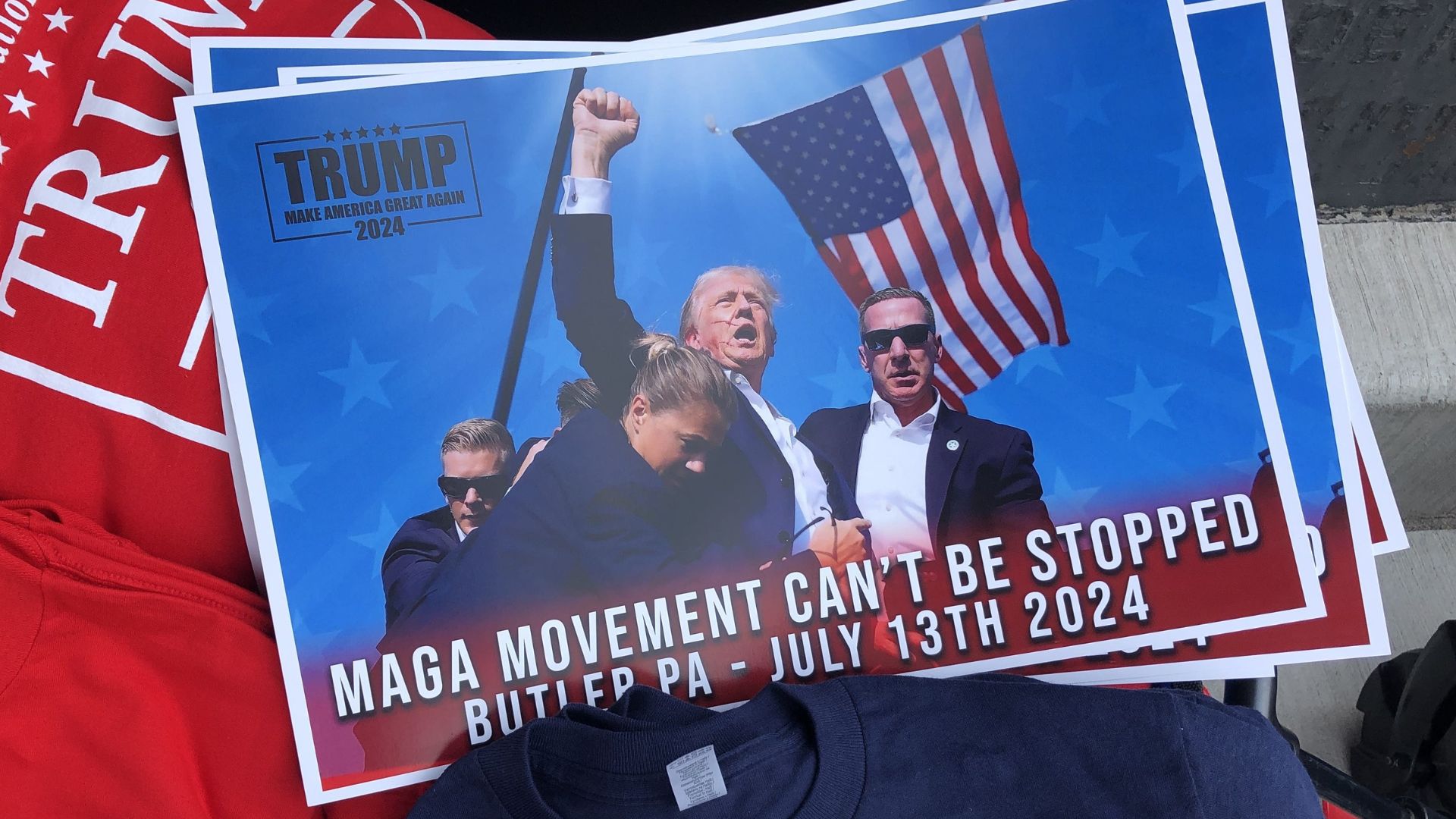
A new report released by the U.S. Government Accountability Office (GAO) has revealed multiple failures by the U.S. Secret Service in the days leading up to the July 13, 2024, attempted assassination of President Donald Trump during a campaign rally in Butler, Pennsylvania.
The GAO investigation, requested by Senate Judiciary Committee Chairman Chuck Grassley (R-Iowa), found that the Secret Service had received classified intelligence regarding a potential threat to President Trump’s life 10 days before the rally.
However, the information was never communicated to local law enforcement or Trump’s protective detail.
Trump’s Sovereign Wealth Fund: What Could It Mean For Your Money?
“One year ago, a series of bad decisions and bureaucratic handicaps led to one of the most shocking moments in political history,” Sen. Grassley said in a statement.
“The Secret Service’s failure on July 13 was the culmination of years of mismanagement and came after the Biden administration denied requests for enhanced security to protect President Trump. Americans should be grateful that President Trump survived that day and was ultimately reelected to restore common sense to our country.”
The GAO report outlined a range of shortcomings, including “misallocation of resources, lack of training and pervasive communication failures.”
According to the report, local law enforcement told investigators that they would have deployed additional personnel had they been made aware of the threat.
This Could Be the Most Important Video Gun Owners Watch All Year
The report also confirms that the Secret Service denied the Trump campaign’s direct requests for enhanced security for the Butler event, despite the presence of a credible threat.
Internal agency failures in the days prior to the rally raised serious concerns among lawmakers and security experts.
One of the most striking details in the report involves the lack of experience among agents assigned to assess vulnerabilities at the rally site.
According to the GAO, the Secret Service agent tasked with evaluating the location was new to the role and had never previously taken part in planning a protective operation for a presidential event.
Additionally, the report stated that Trump nearly did not have access to the counter sniper assets that ultimately neutralized the would-be assassin, Thomas Matthew Crooks.
The Secret Service had denied the Donald Trump Protective Division’s request for advanced counter Unmanned Aerial Surveillance (cUAS) equipment and sniper teams, citing that “these resources had already been allocated for the Republican and Democratic National Conventions.”
The GAO noted that it was only due to intervention by senior officials, who were aware of the specific threat intelligence, that the counter sniper resources were ultimately deployed to Butler.
The report described the decision as “inconsistent” with standard agency practices and stated that without that last-minute approval, Trump “would likely not have received the counter sniper assets that ultimately took out [Crooks].”
President Trump discussed the incident during an interview preview with his daughter-in-law Lara Trump, stating that the outcome could have been far worse had those sniper teams not been present.
Six Secret Service agents have been suspended as part of disciplinary actions tied to the incident.
However, the report raises questions about whether key decision-makers who failed to communicate the intelligence or allocate proper resources are still employed by the agency.
The findings have sparked renewed calls in Congress for accountability within the Secret Service and assurance that similar lapses in presidential security will not occur in the future.
Lawmakers are seeking clarity on whether systemic changes have been made and whether the individuals responsible for critical failures have been removed from decision-making roles.
The opinions expressed by contributors and/or content partners are their own and do not necessarily reflect the views of LifeZette. Contact us for guidelines on submitting your own commentary.

![Task Force Drops a Bombshell Report on Attempted Assassination of President Trump [WATCH]](https://www.right2024.com/wp-content/uploads/2025/07/Task-Force-Drops-a-Bombshell-Report-on-Attempted-Assassination-of-750x375.jpg)


![Coast Guard Rescue Swimmer Credited with Saving 165 People [WATCH]](https://www.right2024.com/wp-content/uploads/2025/07/Coast-Guard-Rescue-Swimmer-Credited-with-Saving-165-People-WATCH-350x250.jpg)









